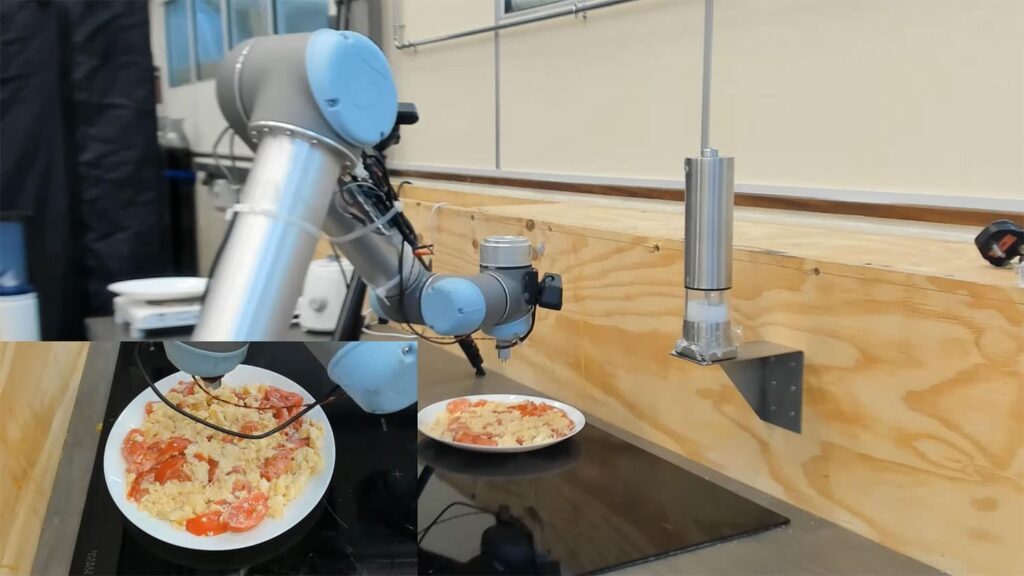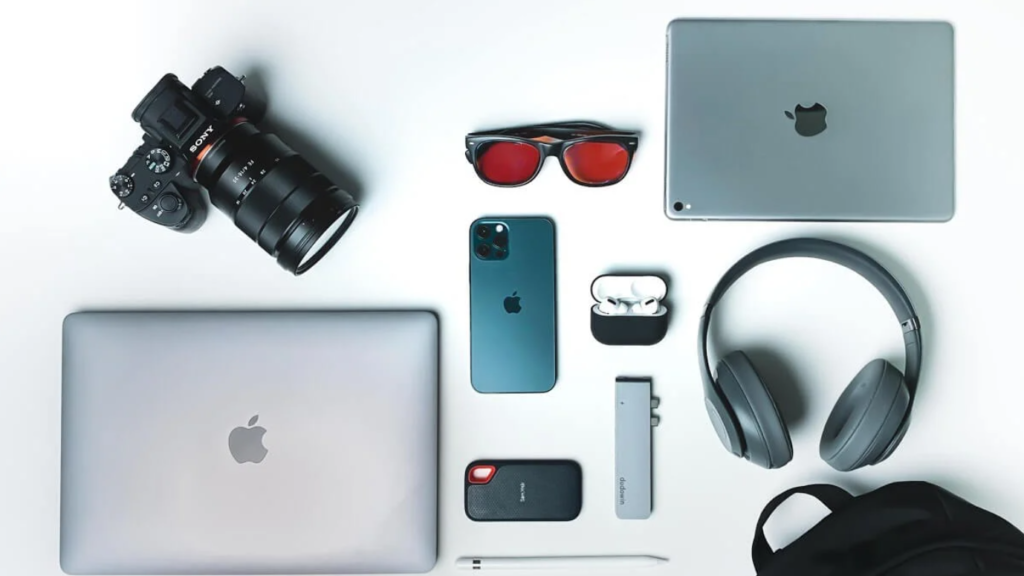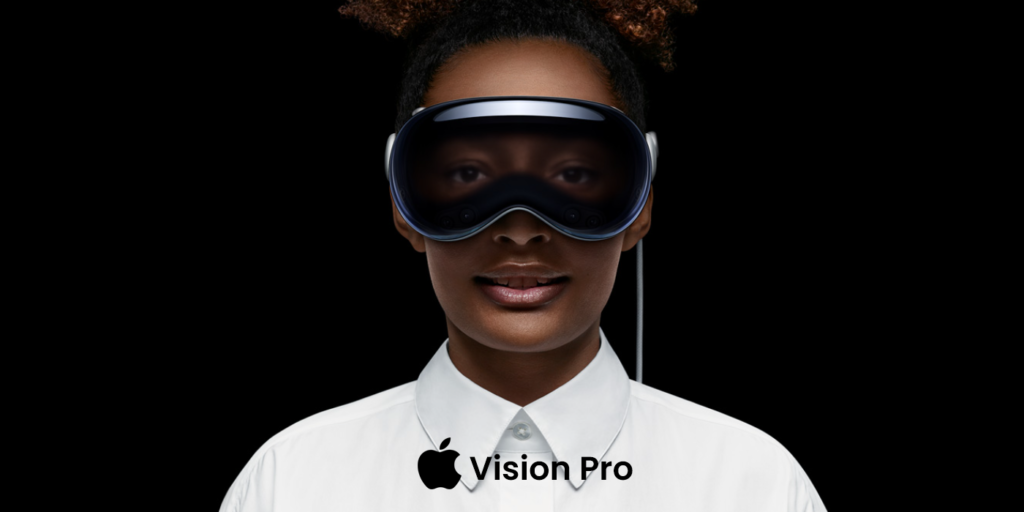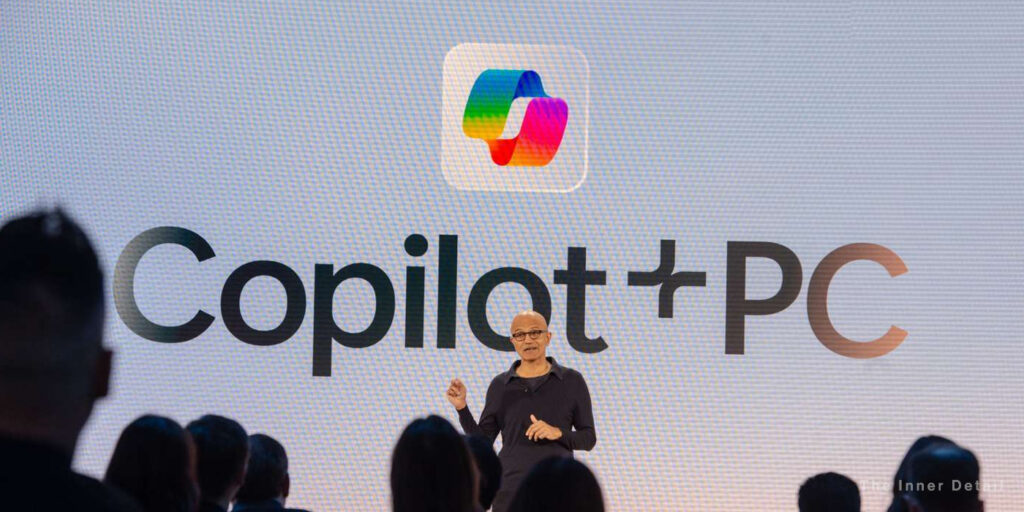Artificial Intelligence and Robotics being widely accustomed to the enhancement of mankind had taken a step ahead in behaving like a human. Likely as scientists / researchers have made AI empowered robots to feel emotions, do the things that’s hazardous / unfeasible to humans, the tech leaped for replacing humans by carrying out works mimicking humans and – robochef is one among them.
Robochef – a robot designed by researchers of Cambridge University tastes the food’s saltiness over courses of chewing process. Yes, the robot chef assesses the saltiness of the food not just before intake but at different stages of chewing process likely as humans and report them for a wide-understanding of the food.
Robot Chef – RoboChef
Researchers from Cambridge University collaborating with Beko – domestic appliances manufacturer, appeared in the topic as they brought the culinary robots to reality. Not only capable to distinguish food with different tastes, but also to become better cooks based on customer’s request. The aim which they lay on seems to order anything and the robochef will serve you the same, probably that’s lacking in most of the hotels now.
Relying on the concept of ‘tasting as you go’ – checking whether balance of flavors in the dish is right while you chew it (as humans do it) – is what makes this Robot Chef superior of currently available electronic food-tasting machines that only provides a snapshot of a food’s salinity.
“Most home cooks will be familiar with the concept of tasting as you go – checking a dish throughout the cooking process to check whether the balance of flavours is right,” said Grzegorz Sochacki from Cambridge’s Department of Engineering, the paper’s first author. “If robots are to be used for certain aspects of food preparation, it’s important that they are able to ‘taste’ what they’re cooking.”
Replicating the human process, researchers say, should result in a tastier end product. And as human’s perception of taste relies on saliva produced during chewing and digestive enzymes to decide whether food is enjoyable or not, robots were also trained to test the food’s taste in three stages of chewing.
Making the Robot to taste – Working of Robot Chef
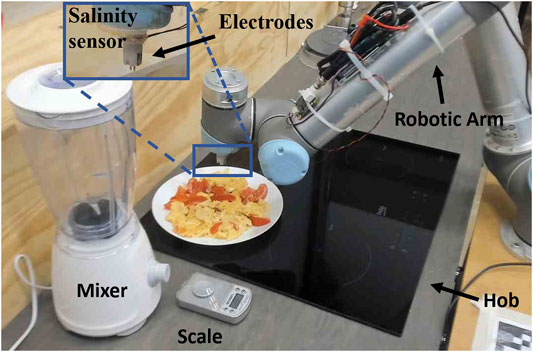
First task that the researchers laid on the robot is cooking omelettes. Via a salinity sensor attached to the robot’s arm, the team trained the robot to taste nine variations of scrambled egg and tomatoes at three stages of the chewing process. To imitate the chewing progress, the team blended the egg mixture and had the robot to test the dish again.
Sochacki says it can do much more than just say a dish is too salty, or not salty enough – for example, it is capable of deciding whether more mixing is needed, or other ingredients.
Don’t Miss this: Robots that can Reproduce by itself – Scientists had Created for the First time in the World
At the end, robot captured different readings at different points of chewing and eventuated a taste-map of each dish, enabling it to understand more of the tastes.
“In the end it’s just a single sensor which wouldn’t be able to do two different ingredients normally,” Sochacki told the BBC. “But thanks to chewing, we see all the different changes through mechanical processing.”
Understanding Robot Chef – Engineer’s Level
Researchers to make the robot test the saltiness used conductance sensor which recreates the salinity taste. A conductance sensor determines the degree of ease for current to flow through a sample. This is achieved by measuring the current flowing through the sample between two electrodes, under pre-determined voltage. The dominant mechanism behind the conductivity is the movement of ions, therefore the salinity increases with ion concentration, ion mobility and the ionic charge. Due to low cost, robustness and ease of use, salinity sensors are a prime candidate for robotic applications.
What the researchers did is simple! They placed the food sample on a non-conductive (ceramic) plate and allowed salinity sensor to sense through. The sensor tasked out the job and detailed the taste-map.
The main differences between this implementation and the human taste of saltiness are the lack of ion specificity (saltiness is selective for Na+ and K+ ions) and the ability to pierce the sample, as human tongue is limited to tasting the surface.
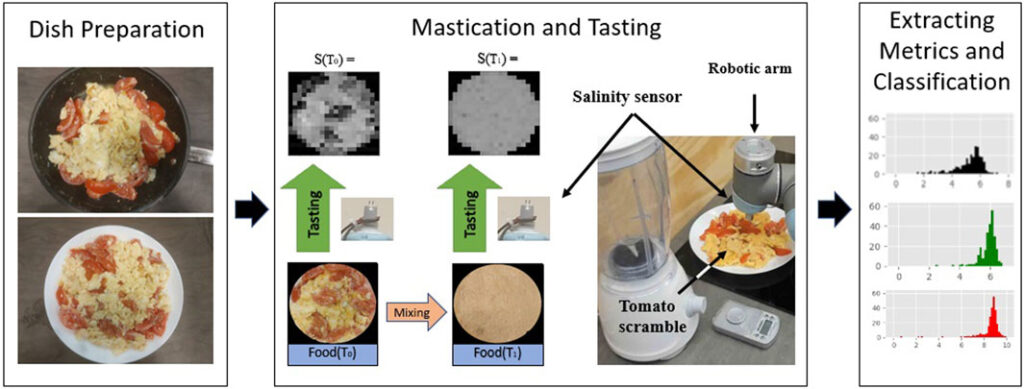
Future of cooking
On questioning of the robot chef’s existence in homes is reliable or not, ‘Sochaki replied “It’s definitely possible, but that’s probably a few years away”.
Related Posts
Looking ahead, the researchers hope to teach the robot to adapt to an individual’s tastes – such as preferring sweet or oily food – and become an essential part of households.
Dr Muhammad Chughtai, a senior scientist at the domestic appliances manufacturer Beko, who worked with the Cambridge University researchers, believes the technology will play a major role in homes in the future.
“This result is a leap forward in robotic cooking, and by using machine- and deep-learning algorithms, mastication will help robot chefs adjust taste for different dishes and users,” he said.
Heading fore on future, robot chefs could be a pivotal role in cuisines of luxurious hotels!
Will you admit Robots to cook & look after you? Pour your thoughts here in the comments!
